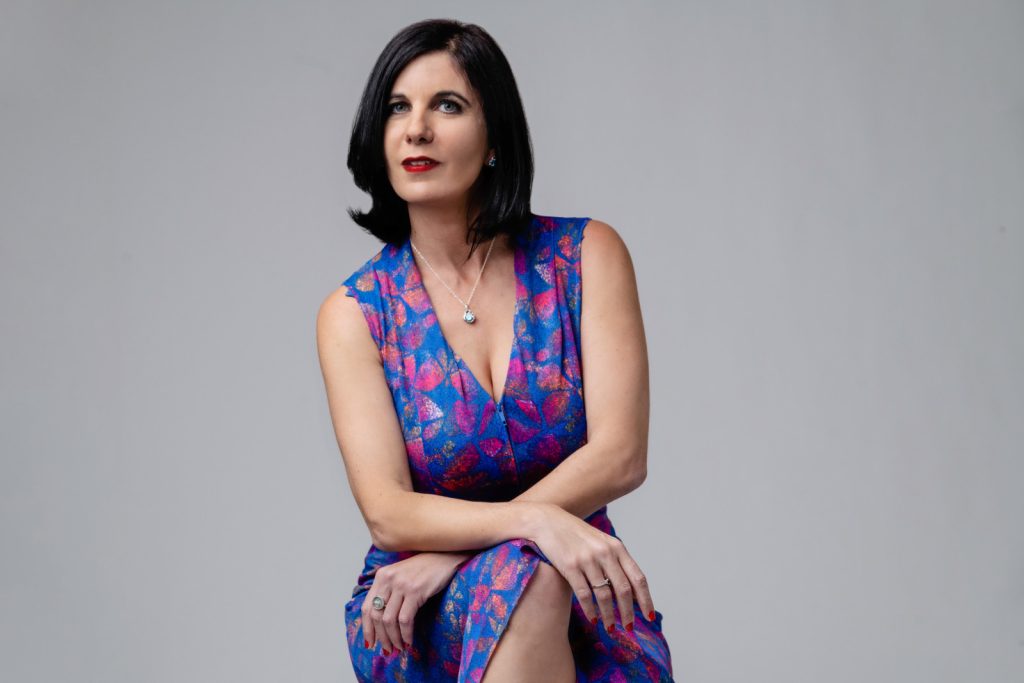
Photo by Kira Derryberry
“Here we believed that we were relating to words—that when the poem spoke, it spoke to us, but it didn’t speak to us at all.”
The inmost part of poetry—alien to us; we go out there searching for it, but it sets up a field that repels. We stand at the same place on the Boulevard du Temple where the first photograph of a human was ever taken and like that man getting his shoes shined, we don’t smile. No, instead, we weave our way into and out of the crisp museums—funny, isn’t it, to see a Georgia O’Keefe exhibit today—and then go into a dingy used clothing store and buy a chocolate mink coat from another era—probably the era when your family was deported from this country, for thirty euros. This spot exactly. Yes, poetry, “truth itself,” the “metaphor-flurry” outlandishly alive, eludes. A monster, a ghost, a vampire: the words are blood and the rhythms clouds.
And how shocking this all is! Here we believed that we were relating to words—that when the poem spoke, it spoke to us, but it didn’t speak to us at all. It spoke to the sediment at the bottom of the Seine or to the gods that have left us here shivering now and looking for food in the supermarket because it is getting late and tomorrow you will take the train to the outskirts of the city to visit Paul Celan’s grave.
Of course, he is buried this far away from the center of Paris and not even in the Jewish section of the cemetery. And look at this cat now—and you will write this on the plane ride home in a few days, but you don’t know it yet—a cat that strides by with the “green eyes of the underworld.” And you will spend a long time in this wooded place looking and looking for the grave and once you are there, you wonder why you ever came here. It is October 2021.
The stone that you leave will crash like the sea and the stone that you take will crash like the sea. You will bring it everywhere but you’re not sure why. You will put in in your little pink “prayer box” that you keep with you. In a year, you will walk through the doors of Mary Ruefle’s house in Bennington, Vermont, with a bag of lemons that you picked from your tree in Florida. You will transport the lemons in a backpack on the airplane.
You will open the prayer box and show Mary the stone and she will say, “now this is a stone that was meant to travel around the world.”
Oh, these forcefields—the ones you write, the ones you read—they will change everything. The foolish idea that technology knows a damned thing about our lives, our loves and hates. When Celan writes, “Something shall be, later / that fills itself with you,” I think I know what he means. I think it is “Cassandra Data,” poetry’s knowing, poetry’s heartbeat. He means to say look deep into the “shattered madness,” and let the poem push you out so that you might find the words.
Sandra Simonds is a poet and critic. She is the author of eight books of poetry including Triptychs (forthcoming from Wave Books) and Atopia (Wesleyan University Press, 2019). Her work has appeared in the New York Times, Poetry, and elsewhere. Her poem sequence “from Cassandra Data, or On Visiting Paul Celan’s Grave at Thiais” appears in NER 43.4.